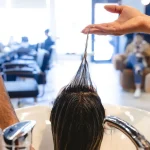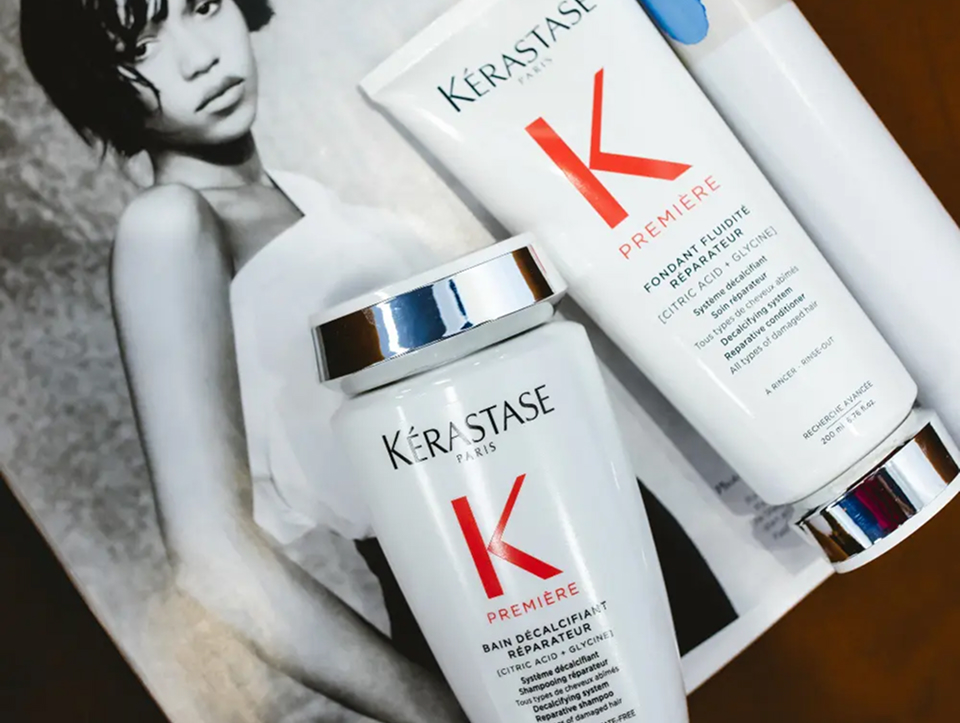Thinking about a bold new shade or restoring your natural tones? Enter the world of a hair colorist, a trained specialist whose expertise goes far beyond applying dye.
Unlike general stylists, colorists dedicate their craft to understanding pigments, formulas, and techniques that transform hair safely and beautifully.
In this guide, we’ll cover: What a hair colorist does (and why it matters)—the difference between a colorist and a color specialist—tips for finding the right colorist near you.
Ready to explore your options? You can always book a professional color consultation at Haste Hair for tailored advice.
What is a Hair Colorist?
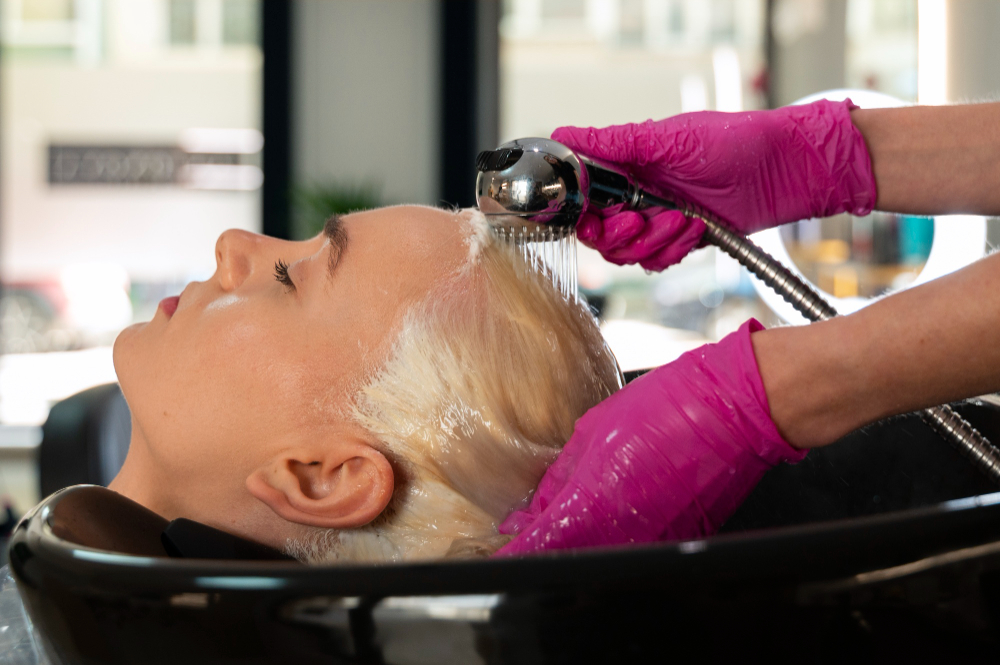
A hair colorist is a licensed stylist who specializes exclusively in hair coloring techniques. Their expertise goes beyond applying dye; they study:
- Color theory (how pigments blend, cancel, or enhance).
- Formulation science (mixing developer, choosing levels, and adjusting tones).
- Application methods (balayage, highlights, root touch-ups, global color, and more).
Our colorists often provide services like:
👉 For a broader overview, check out our guide to hair coloring at Haste Hair.
Colorist vs. Color Specialist: What’s the Difference?
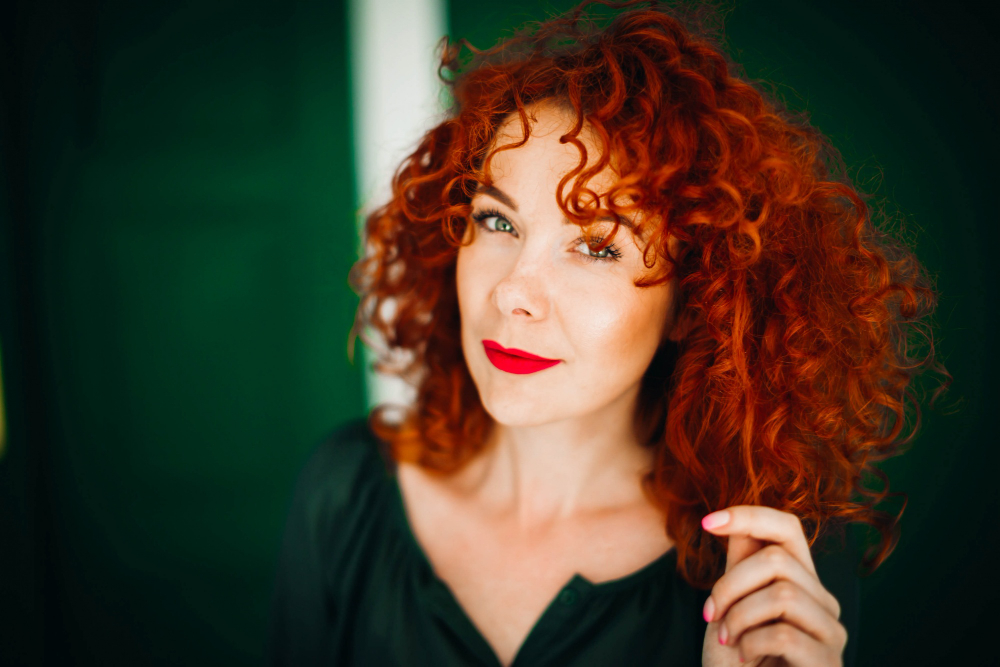
While the terms are often used interchangeably, there’s a distinction:
- Colorist → A licensed stylist who focuses on hair coloring.
- Color Specialist / Master Colorist → A colorist with advanced training and certifications (such as corrective techniques, advanced balayage, or vivid tones).
For example:
- A colorist might do a routine all-over application.
- A corrective color specialist can rescue botched box dye jobs or restore uneven tones with professional precision.
At Haste Hair, we pride ourselves on offering both, from everyday coloring to expert corrective work.
What Does a Hair Colorist Do?

A colorist’s role isn’t just about applying dye. Their expertise includes:
- Consultation & Analysis – Examining natural hair color, texture, porosity, and skin undertone.
- Custom Formulation – Mixing shades to achieve desired tones while maintaining hair health.
- Application – Techniques vary depending on the look (e.g., balayage, foils, shadow roots).
- Aftercare Guidance – Recommending color-safe shampoos, masks, and styling tips to preserve vibrancy, addressing color-related issues, and communicating effectively throughout the entire process to make you feel comfortable.
Why Choose a Colorist Over DIY?

Box dyes may seem convenient, but they often lead to:
- Uneven color.
- Unexpected undertones (like brassy orange or greenish hues).
- Damage from harsh formulations.
A professional hair color transformation ensures:
- Safer application.
- Custom results that complement your features.
- Long-lasting shine and health.
Types of Hair Color Specialists
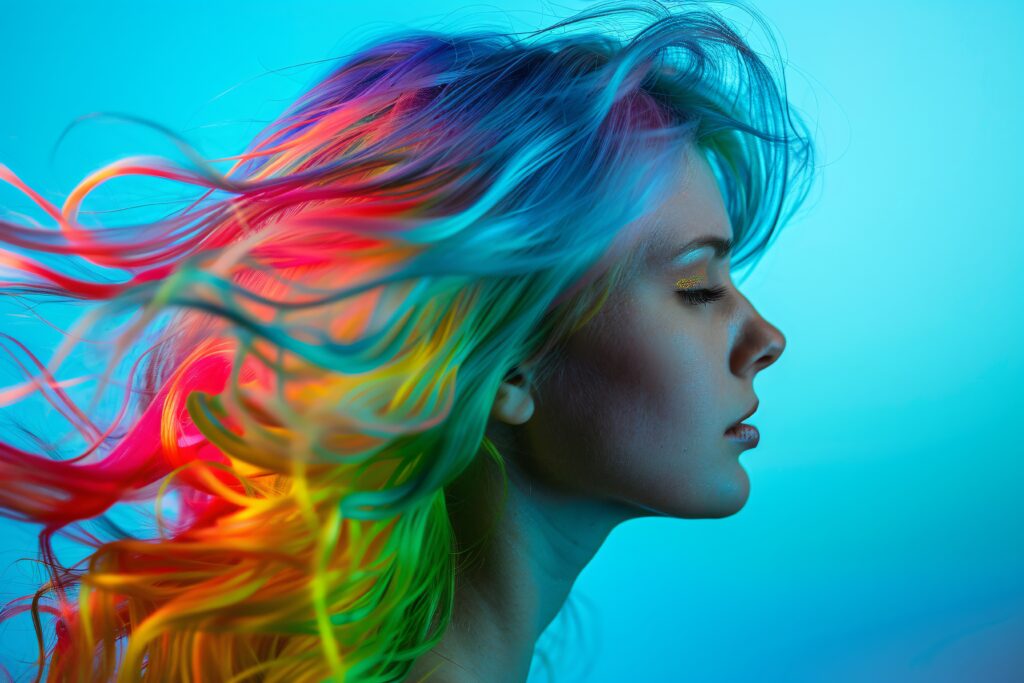
Depending on your needs, you might visit a:
- Corrective Color Specialist – For major fixes after color mishaps.
- Blonde/Brunette/Red Specialist – Focusing on tricky tones like icy blondes, rich brunettes, or fiery reds. Example: Bronde hair color blends brown and blonde seamlessly.
- Creative/Vivid Colorist – For bold fashion shades like pastels, neon, or rainbow blends.
How to Become a Hair Colorist (Career Path)
Interested in the profession? Here’s the path:
- Complete cosmetology school (state-licensed).
- Focus on hair coloring as a specialization.
- Apprentice or work under senior colorists for hands-on learning.
- Take advanced certifications (balayage, corrective color, etc.).
- Continue with ongoing education — trends and techniques evolve constantly.
How to Find the Right Hair Color Specialist Near You

Here’s how to choose wisely:
- Check portfolios → See before-and-after photos.
- Read reviews → Client experiences reveal a lot.
- Ask about credentials, especially for corrective or advanced services.
- Book a consultation → Many salons (like ours) offer them to ensure the right fit.
👉 Meet our talented Haste Hair team or book your appointment now for expert guidance.
Maintaining Your Hair Color

Once your color is perfect, aftercare is key. Tips include:
- Use sulfate-free, color-safe shampoos like Kérastase Colored Hair Shampoos.
- Wash less frequently to avoid fading.
- Protect hair from UV and heat styling.
- Schedule touch-ups every 4–8 weeks (depending on your shade).
Why a Hair Colorist Makes All the Difference
A hair colorist isn’t just someone who applies dye; they’re an artist, chemist, and stylist rolled into one. Whether you want a bold new look, a subtle refresh, or a complex correction, choosing a professional ensures safe, customized results.
👉 Ready for a change? Book your consultation today with the experts at Haste Hair and let our color specialists bring your vision to life.
FAQ
What is a colorist in hair?
A colorist is a licensed hairstylist who specializes in coloring techniques, from highlights to corrective work.
What is the difference between a color specialist and a colorist?
A colorist is trained in coloring, while a color specialist (or master colorist) has advanced expertise in complex techniques like color correction.
How do I become a hair colorist?
You’ll need to complete cosmetology school, gain salon experience, and pursue advanced training in color.
What do you call someone who dyes hair?
Normally, a hair colorist or hair color specialist.







